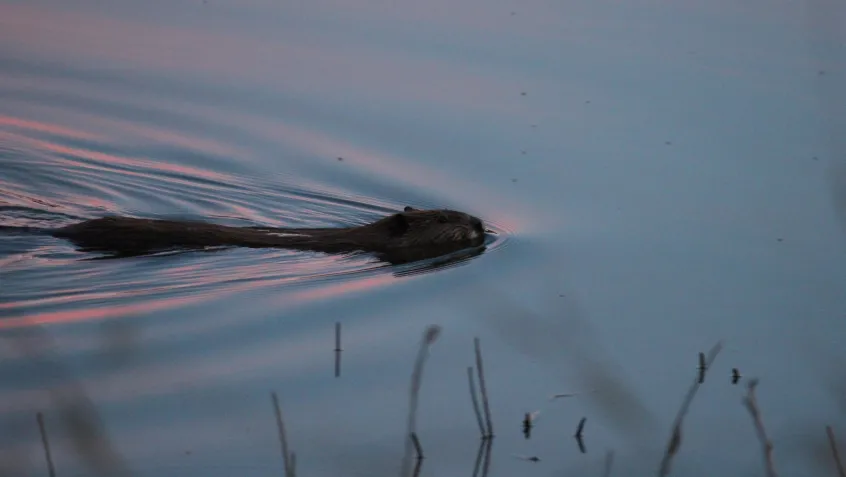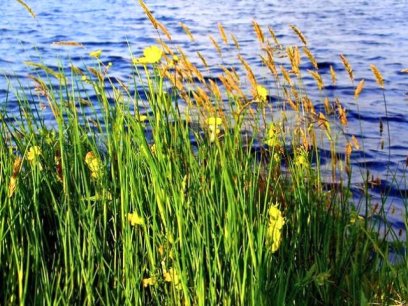
A beaver crawls up out of a river onto the bank, where it finds a tree to gnaw on with its oversized teeth. Beavers, like nature's chainsaws, are known for their ability to cut down large amount of trees to build dams along streams and rivers. More than just a home for the beavers, these dams may be providing an important service to the community by cleaning water supplies.
How beaver dams reduce pollution
New research reveals that beaver dams are helping to clean pollution from streams and rivers. Dams slow the passage of water through a river and can act as a natural filter. Ponds—which grow from water backed up by the dam—can suspend sediment and pollutants, like nitrogen and phosphorous. These pollutants can be dangerous to the environment in large amounts, but the beaver dams can lower the impact to some extent. Like ecosystem engineers, beavers are manipulating their environment, which in turn has the added benefit of cleaning the water supply.
Beavers are found across the US, but they weren't always so common. Their thick fur attracted attention from hunters, and by the early 1900s, beavers were nearly eradicated in many areas. Excess pollution and loss of habitat also harmed beaver populations and threatened their long-term survival. Action was taken to bring back the beavers, and along with them, all of the water filtration services provided by their dams.
Excess sediment, nitrogen, and phosphorous—much of which comes from agricultural fields and urban areas—can be dangerous to the environment. These pollutants can have costly consequences downstream, creating a need to filter out the sediment, nitrogen, and phosphorous to meet clean drinking water standards. These water treatment systems can be expensive, costing billions of dollars to clean up polluted water. In addition, excess nitrogen and phosphorous can contribute to harmful algal blooms, which not only can harm wildlife and the environment but also can negatively affect human health.
Do you part to protect beaver dams
While beaver dams play a role in alleviating the negative impact of pollutants, they can't protect the rivers alone. People can play an important role by reducing pollution through easy changes made at home. You can start in your community by:
- Picking up and properly disposing of pet waste, which is high in nitrogen and phosphorous;
- Maintaining septic systems regularly to help save both money and the environment; and
- Reducing fertilizer use or even using compost instead to limit nutrients downstream.
Sources:
- Anderson, R. 2002. "Castor canadensis" (On-line), Animal Diversity Web. Accessed May 14, 2018 at http://animaldiversity.org/accounts/Castor_canadensis/
- Puttock, Alan, Hugh A. Graham, Donna Carless, and Richard E. Brazier. 2018 "Sediment and Nutrient Storage in a Beaver Engineered Wetland." Earth Surface Processes and Landforms. https://doi.org/10.1002/esp.4398.
- University of Exeter. 2018. “Beavers do dam good work cleaning water, research reveals.” Accessed May 14. https://www.eurekalert.org/pub_releases/2018-05/uoe-bdd050918.php
- US Environmental Protection Agency. 2017. “Nutrient Pollution: The Problem.” Accessed May 14, 2018. https://www.epa.gov/nutrientpollution/problem


